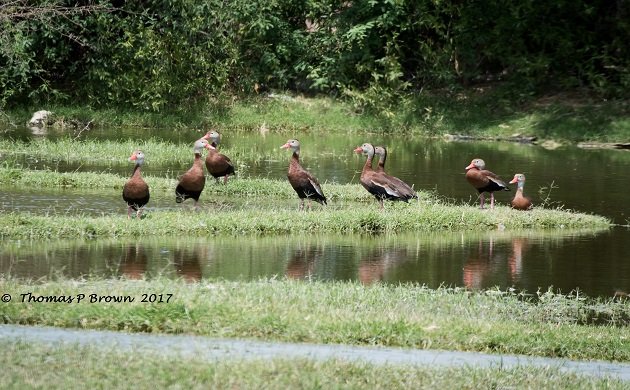
Most long time birders, at some point in their birding career, spent time at a wastewater treatment plant. I am sure there are many reasons why these nasty pools of varying degrees of “black” water seem to be magnets for a large number of species. The amount of insects that are prevalent is, I am sure, a huge one. The lack of human visitors that frequent the area, is likely to be one as well. Bear in mind, these areas do not smell like a rose garden, especially on a 100 degree Mexican summer day. None the less, this is where I found myself last Sunday, on a lovely 103 degree afternoon.
The La Paz, Mexico waste treatment plant is actually quite near to town, mostly due to the residential growth creeping closer and closer. The plant is made up of four ponds, each about 100 meters by 400 meters. Each of them holds a very nice group of birds year round, and an increased number during the winter migration.
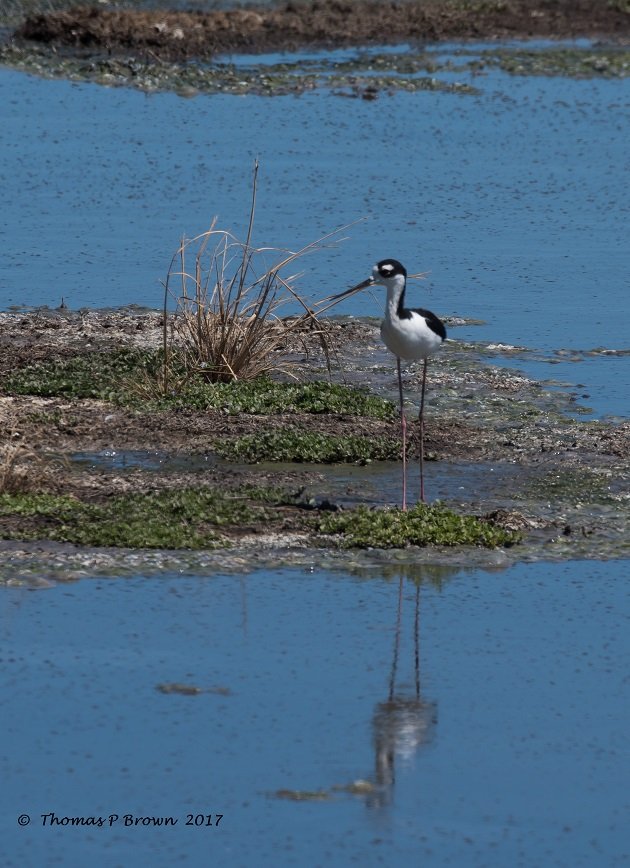
This time of year, the cleanest of the effluent, or previously treated water is used to flood the nearby fields that livestock will later graze on. This is where things start to get fun. Both White Faced, and White Ibis join Black-necked Stilts, Greater Yellowlegs, and Spotted Sandpipers to wade in the shallow flooded fields along side our resident Black-bellied Whistling Ducks. Vermillion Flycatchers, Black Phoebes, and Yellow-rumped Warblers all now leave the confines of the sewer ponds to dine of the insects in the grasses.
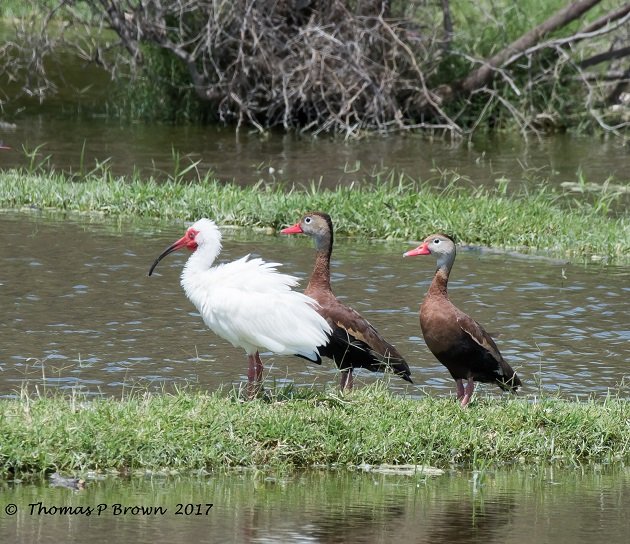

I have always considered the Black-bellied Whistling Duck one of the year round highlights for our little piece of odiferous birding heaven. Despite eBird.org listing this bird as a “Rare Species” every time I post an observation, we have 15-20 year round birds that inhabit the treatment plants and surrounding fields. Much of the year they remain isolated out in the middle of pond #1, on the mostly solid floating surface. Once the adjacent fields start to get their yearly irrigation, the opportunity for better viewing of these large ducks occurs.
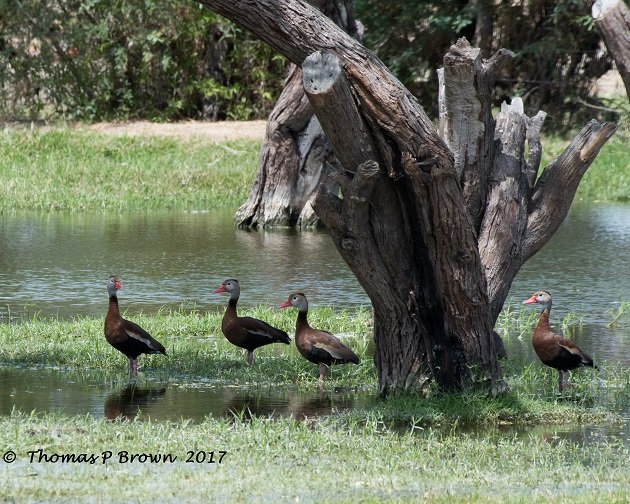
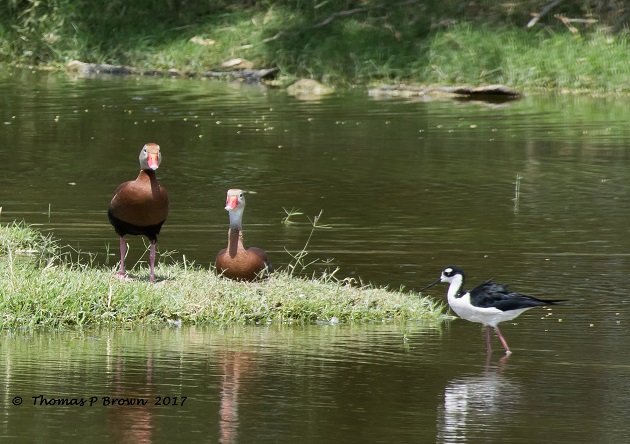

I have been making regular visits to the area, in hopes to photograph some juvenile Black-bellied Whistling Ducks, but so far no luck. I did get to see my first baby American Avocets
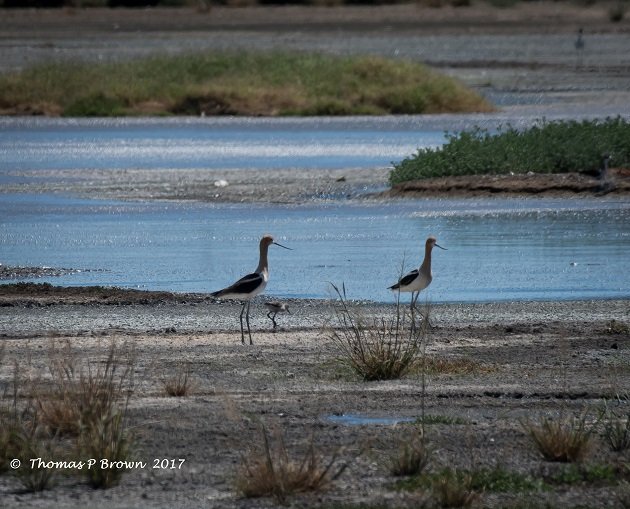













Our “Poo Ponds” in Broome are great for Plumed Whistling-Ducks-thousands of them! We also have Black-winged Stilts and both White and Straw-necked Ibis there, so birding at “Poo Ponds” is similar here to with you! We are lucky though, because the ponds don’t smell even on hot days!